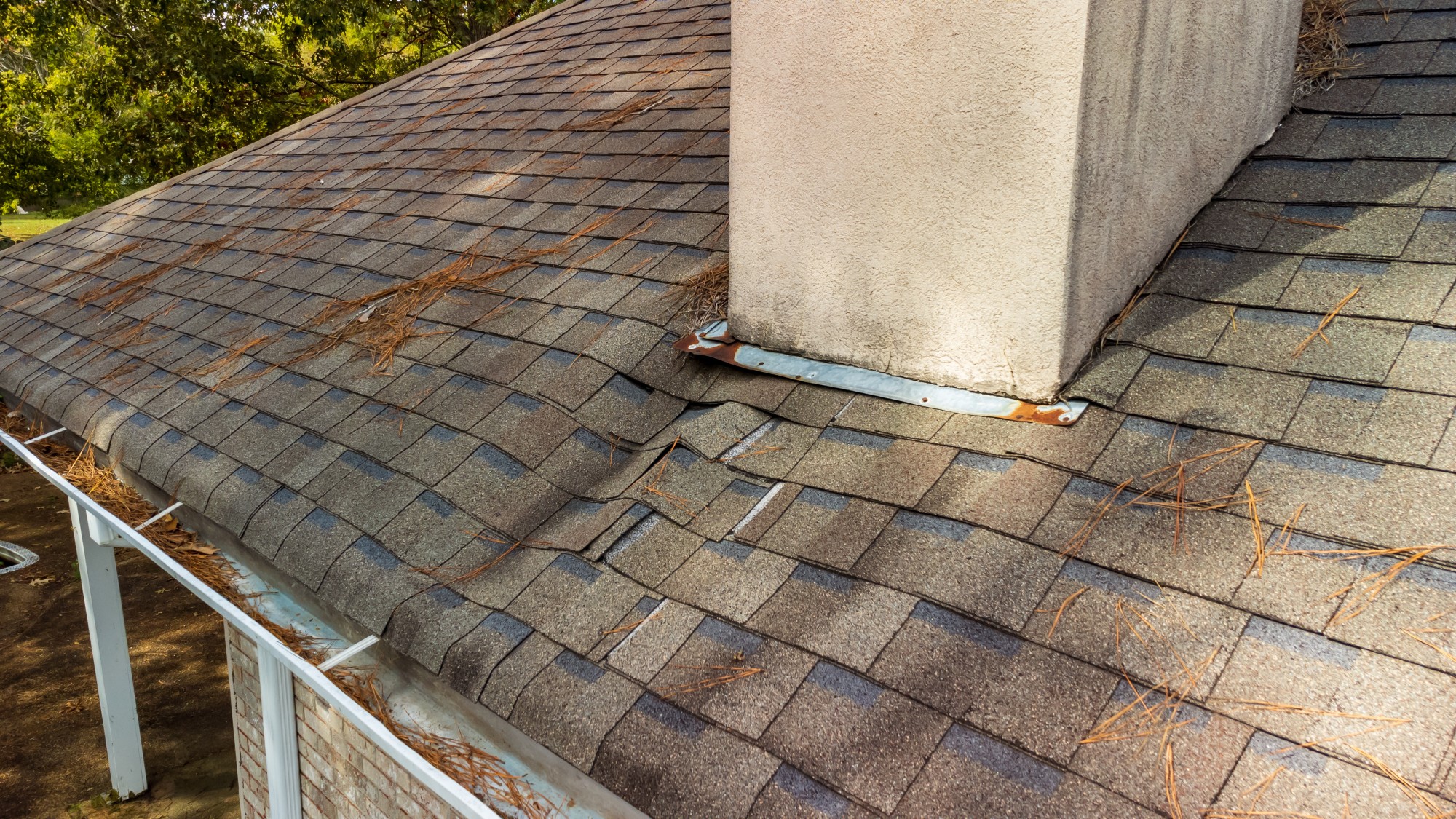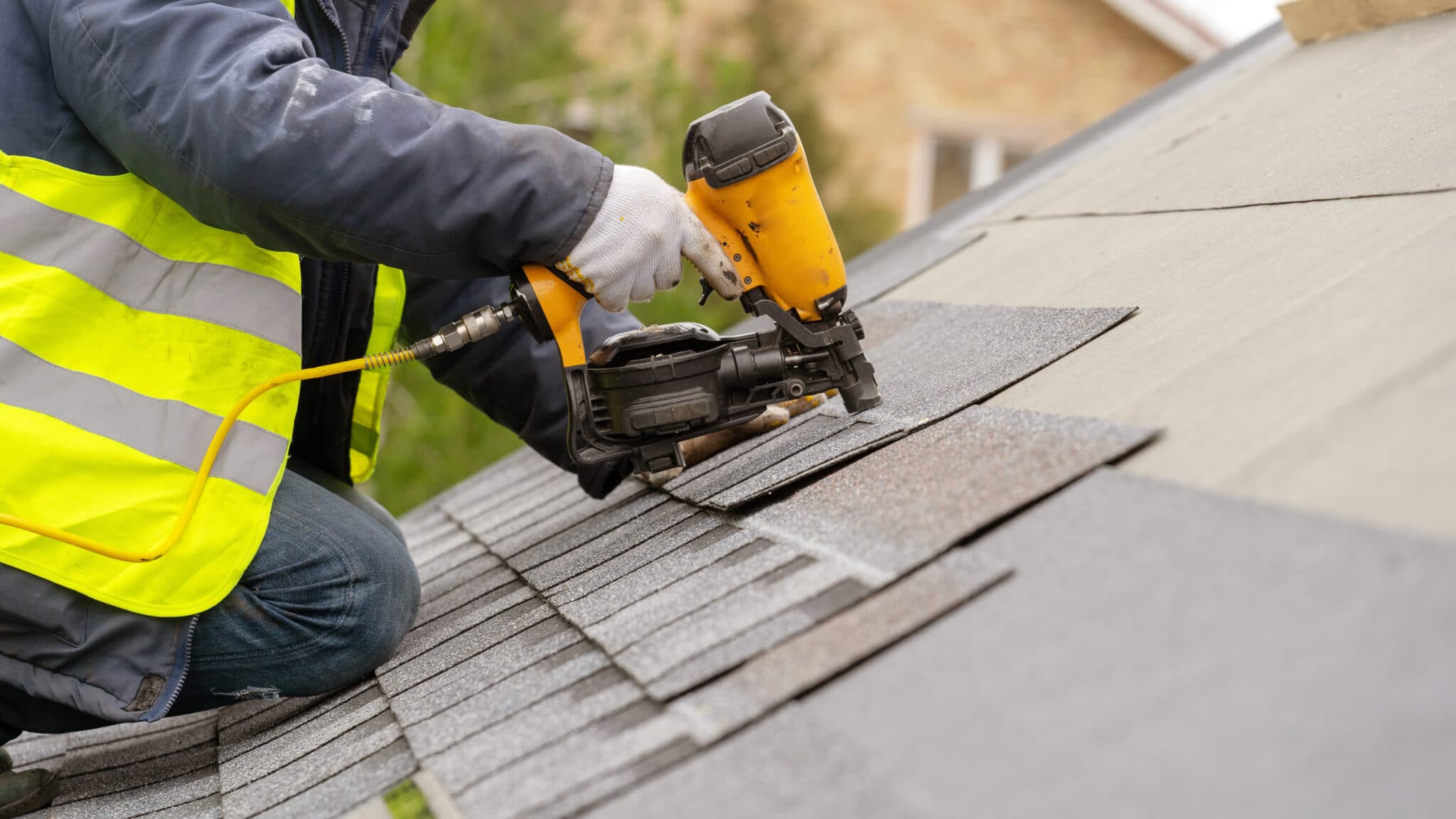Comprehending the Various Kinds Of Roofing Systems: A Comprehensive Guide for Homeowners
In the realm of homeownership, picking the proper roof style is a decision that carries significant implications for both functionality and visual charm. With a range of choices-- varying from the conventional gable to the contemporary level-- each kind provides unique benefits and obstacles that should align with the house owner's ecological factors to consider and certain demands. Recognizing these distinctions not only help in making an educated choice yet likewise affects long-lasting maintenance and power effectiveness. As we check out the details of various roofing kinds, it ends up being noticeable that one size does not fit all; the appropriate selection might amaze you.
Saddleback Roof
Saddleback roofs, identified by their triangular shape, are among one of the most preferred roof designs due to their simpleness and performance in dropping water and snow. This design includes two sloping sides that fulfill at a ridge, enabling efficient drain and lessening the threat of water buildup. The high pitch frequently linked with saddleback roofs enhances their capacity to handle hefty rainfall, making them ideal for various environments.
Along with their functional benefits, gable roofing systems use visual flexibility. They can be adjusted to numerous architectural styles, from typical to modern homes. The layout can also accommodate additional features such as dormer windows, which improve natural light and air flow in the attic space.
Furthermore, gable roofings give adequate area for insulation, adding to energy performance. Home owners can choose from a selection of roofing materials, consisting of asphalt roof shingles, metal, and ceramic tiles, better boosting personalization alternatives.
In spite of their advantages, gable roofing systems might call for added support in locations susceptible to high winds or heavy snowfall. Generally, the saddleback roof remains a favored option due to its blend of functionality, sturdiness, and visual charm.
Flat Roofs
Flat roofings are usually acknowledged for their minimal design and practical applications, specifically in commercial and industrial setups (oahu roofing). These roofing systems feature a virtually horizontal or horizontal surface area, which permits for very easy building and construction and versatile area utilization. While they may do not have the visual appeal of pitched roofs, level roofs use various advantages, especially in metropolitan settings where making best use of area is essential
One of the key advantages of flat roofings is their access. Property owners can use the roof space for different purposes, such as roof yards, balconies, or photovoltaic panel installments. In addition, level roofings are usually more cost-effective to preserve and set up contrasted to their sloped counterparts, as they need fewer materials and labor.
Usual products made use of for flat roofings include built-up roofing (BUR), changed asphalt, and single-ply membranes, each offering unique advantages. On the whole, flat roofing systems serve as a versatile and functional selection for several house owners and services alike.
Hip Roofs
Hip roofs are identified by their sloped sides that converge on top, developing a ridge. This layout stands out from saddleback roofs, as all four sides of a hip roofing system slope downwards towards the walls, providing an extra steady structure. The angle of the inclines can vary, permitting adaptability in architectural aesthetics and performance.
One of the key advantages of hip roofings is their capacity to endure heavy winds and negative weather. The sloped surface areas allow much better water drainage, reducing the threat of leakages and water damage. Additionally, hip roofings provide raised attic room space, which can be used for storage and even exchanged habitable areas.
Nevertheless, building a hip roof covering can be much more expensive and complex than less complex roofing kinds, such as saddleback roofs. The added product and labor associated with developing the slopes and making certain correct structural integrity can lead to greater expenses. In spite of these disadvantages, several house owners prefer hip roof coverings for their toughness, visual appeal, and possibility for their website energy efficiency.
Mansard Roofings
Mansard roofings, often recognized by their one-of-a-kind four-sided layout, feature two inclines on each side, with the lower slope being steeper than the upper. This building style, stemming from France in the 17th century, is not just cosmetically enticing yet useful, as it takes full advantage of the usable area in the upper floors of a building. The steep reduced incline permits for more headroom, making it a suitable choice for lofts or attic rooms, which can be converted right into living rooms.
Mansard roofing systems are identified by their convenience, accommodating numerous architectural designs, from typical to modern. They can be created with various products, consisting of asphalt tiles, slate, or metal, providing house owners with a variety of choices to match their spending plans and choices. Furthermore, the layout permits the combination of dormer windows, boosting all-natural light and air flow in the top levels.
Nevertheless, it is necessary to think about the potential disadvantages. Mansard roofing systems might need even more upkeep as a result of the intricacy of their style, and their high inclines can be testing for snow and rain drainage. Overall, mansard roofings combine elegance with practicality, making them a preferred option among home owners looking for distinct architectural functions.
Dropped Roofing Systems
As homeowners increasingly seek simplicity and performance in their architectural layouts, lost roofings have become a preferred selection. Defined by a single sloping plane, a shed roofing system provides a minimalist aesthetic that enhances different home designs, from modern to rustic.
One of the Learn More main advantages of a shed roof covering is its simple building, which often translates to decrease labor and product costs. This style enables efficient water drainage, lowering the danger of leakages and water damage. Additionally, the upright slope offers enough space for skylights, enhancing natural light within the inside.
Shed roofings likewise provide versatility in terms of use. They can be efficiently incorporated into enhancements, garages, or outdoor frameworks like structures and sheds. go to this website In addition, this roof covering design can suit numerous roof products, consisting of steel, asphalt tiles, or also eco-friendly roofs, straightening with environment-friendly initiatives.
Nevertheless, it is crucial to think about regional environment problems, as hefty snow lots may demand modifications to the roofing's angle or framework. Generally, shed roofs present a sensible and visually pleasing option for homeowners looking to make best use of functionality without endangering style.
Final Thought


Gable roof coverings, identified by their triangular shape, are among the most popular roof covering designs due to their simpleness and effectiveness in dropping water and snow. oahu roofing. The steep pitch frequently connected with gable roof coverings improves their capability to handle hefty rainfall, making them appropriate for numerous environments
While they may lack the aesthetic appeal of pitched roof coverings, flat roofing systems supply countless benefits, specifically in metropolitan settings where making best use of area is vital.
